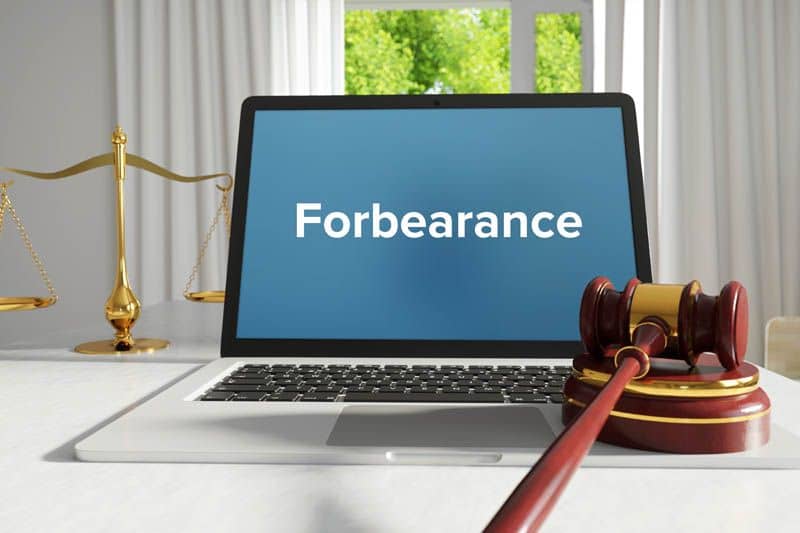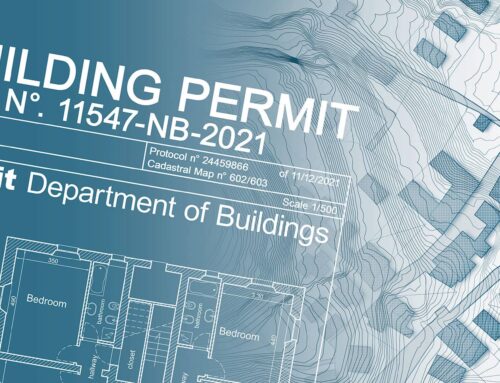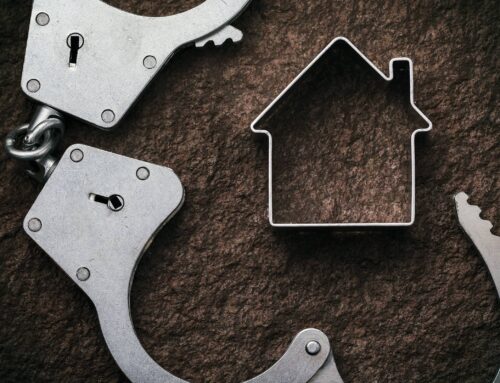What is Forbearance?
We all go through tough times that can upend our daily lives. Accidents, layoffs, and other unexpected events like global pandemics can pop up out of nowhere and leave us questioning how we’re going to pay bills like our mortgage. When temporary setbacks become inescapable, what can you do to protect yourself and your home?
Fortunately, there is some leeway on mortgages in the form of forbearance and deferment, especially during this time of crisis. Let’s learn what forbearance is, how the process works, how to move forward after a forbearance, and how forbearances and deferments are affected during the COVID-19 crisis. No one likes to put their life and mortgage payments on hold, but sometimes forbearance is the right answer.

Forbearance of Mortgage Payments
Forbearance is an agreement between borrower and lender to temporarily postpone mortgage payments to avoid foreclosure. Forbearance is translated as ‘holding back’ which is essentially what you’re doing with your monthly payments. Both lenders and borrowers lose money during foreclosure and both are happier to work out a forbearance process during temporary loss of job or income.
Most forbearance options allow for 90 days of repayment though that might differ depending on your lender and circumstances. Lenders have implemented different rules on forbearance during the COVID-19 pandemic with varied payback time-frames. It’s best to talk to your lender or agent before assuming any time-frames during the pandemic.
Forbearance vs Deferment
Forbearance is a temporary window, traditionally 90 days, in which a borrower does not have to make any mortgage payments. Deferment generally means the borrower and lender have agreed to move the amount owed to the end of a mortgage term. The time-frame of deferment depends on the mortgage, the amount owed, homeowner’s income, the lender, and more. While forbearance is traditionally a 90-day window, deferment could be anywhere from 30 days to a year.
Forbearance and Payment Deferments During COVID-19
The COVID-19 pandemic has upended daily lives and costs tens of thousands of Americans their jobs and incomes. Though a stimulus is on its way to most households, thousands of homeowners are currently unable to pay their mortgages. While traditional forbearance are for the temporary loss of income for atypical situations, forbearance during the COVID-19 crisis come with different rules and regulations.
Mortgage lenders Fannie Mae and Freddie Mac have already initiated loan forbearance programs to mitigate payment defaults and missed mortgage payments during the COVID-19 crisis. Where traditional forbearance is around 90 days, Fannie Mae and Freddie Mac are implementing programs that allow homeowners to defer payments for up to 12 months. The deferments will reduce or delay mortgage payments depending on how the borrower’s income has been affected during the crisis.
If you have a Freddie Mac or Fannie Mae loan and your mortgage payments might be affected during the crisis, it’s recommended you contact your lender immediately. While working through a deferment plan it’s best to make on-time mortgage payments if you can until you are granted deferment.
Note: Deferment and forbearance is not debt forgiveness. You will still be required to pay all mortgage payments by the end of your forbearance or deferment window including any terms negotiated during the COVID-19 crisis.
What Happens If You Can’t Pay After 90 Days?
All forbearance options and policies differ from lender to lender, but 90 days is generally the allowable time to re-start the mortgage payment process. In cases where payments are not made by 90 days, the loan could go into default. During the COVID-19 crisis, it’s recommended to keep open lines and communications with your lender or agent to avoid further issues, especially if you can’t pay back a loan by the required time-frame.
Options After Forbearance
At the end of the 90-day forbearance window, borrowers and lenders will re-evaluate the mortgage and act based on investor guidance. Possible outcomes of forbearance include:
Get Ahead on Forbearance
Everyone is affected by the COVID19 crisis but while some simply can’t go to their favorite taco stop, others are struggling to make ends meet. If you’re worried about mortgage payments or temporary loss of income contact The Storck Team or lender immediately to discuss forbearance, deferment, and how to make sure you’re on the right track with your mortgage during the crisis.







